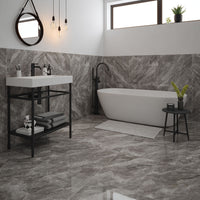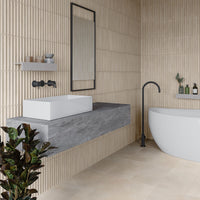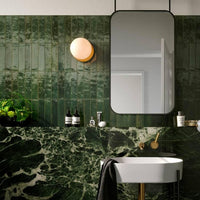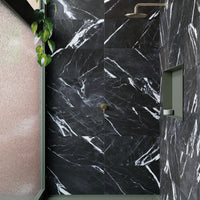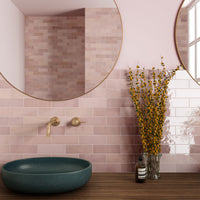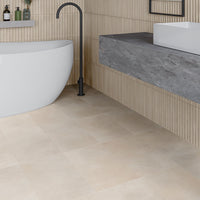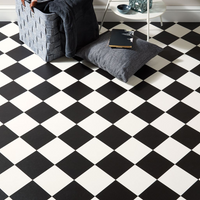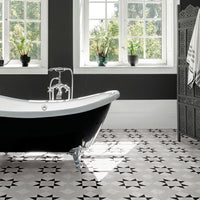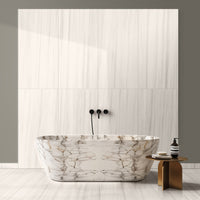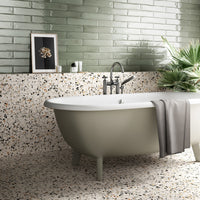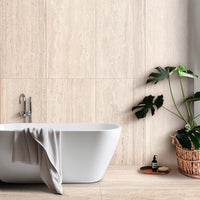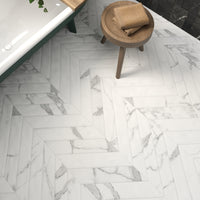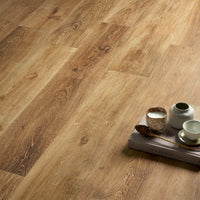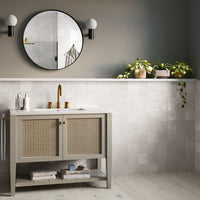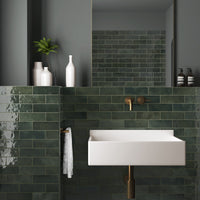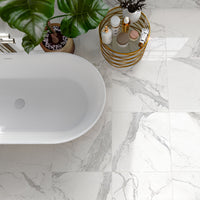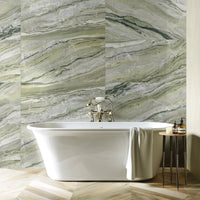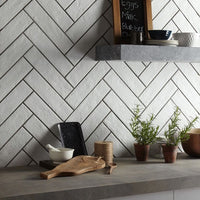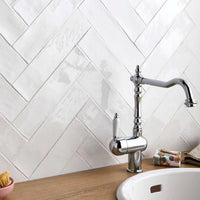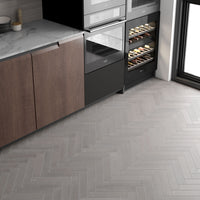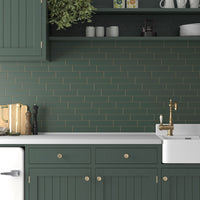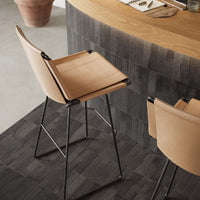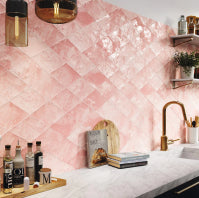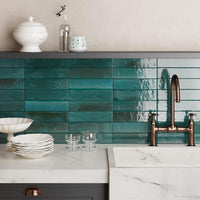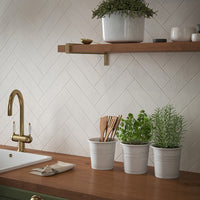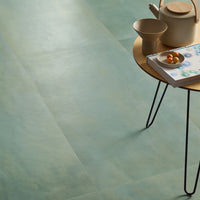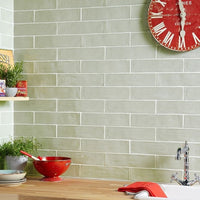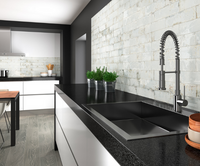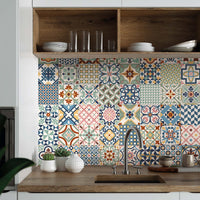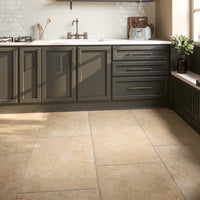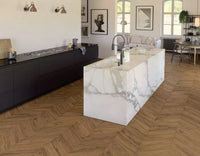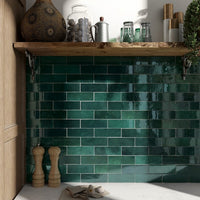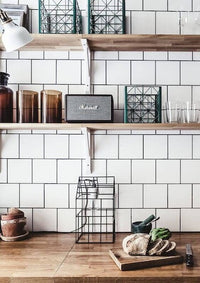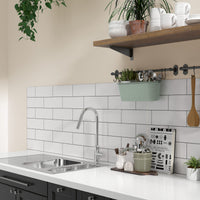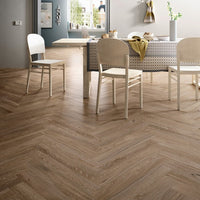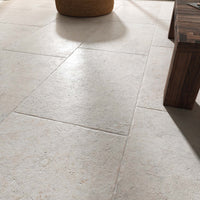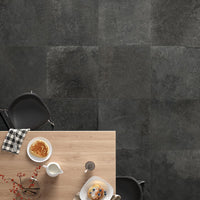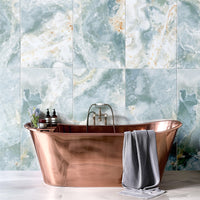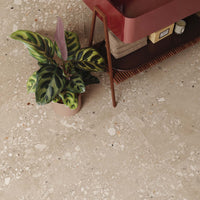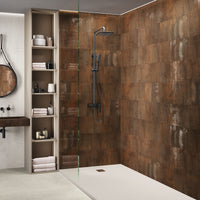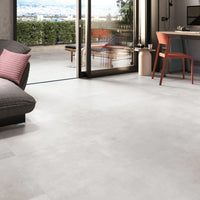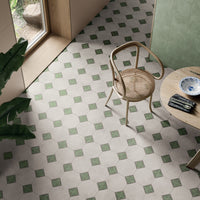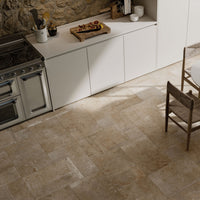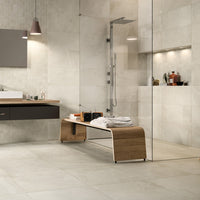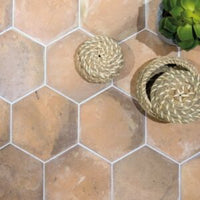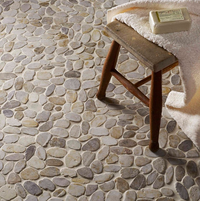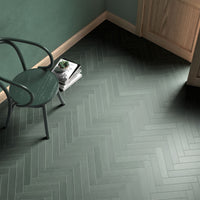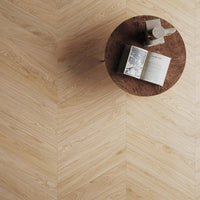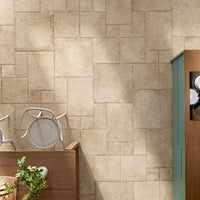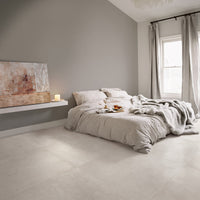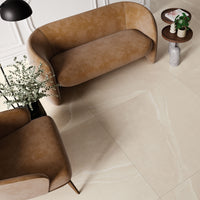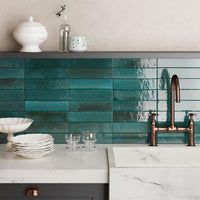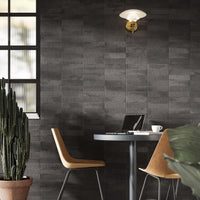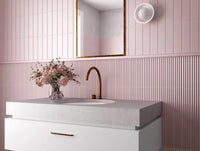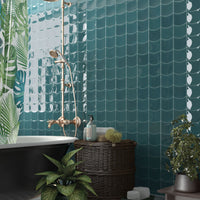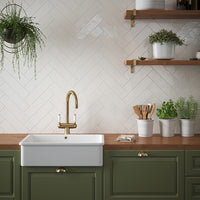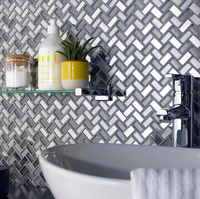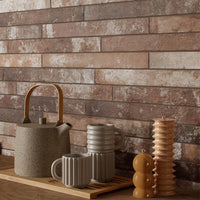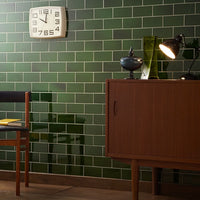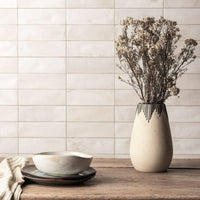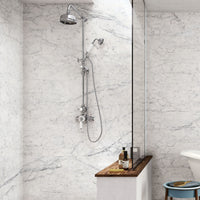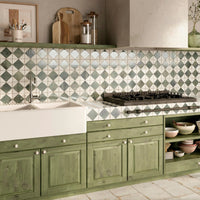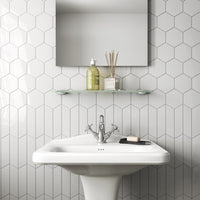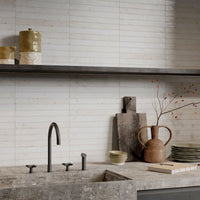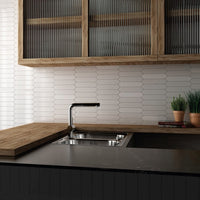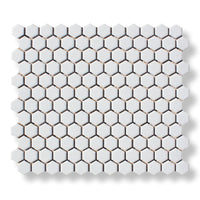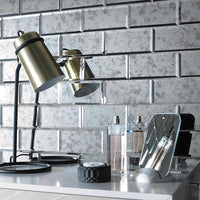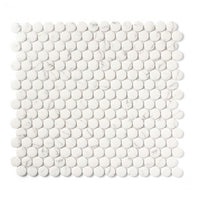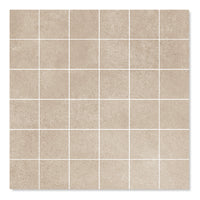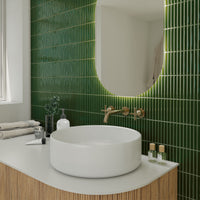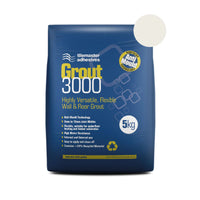To seal or not to seal? It’s a question we’re often asked, by do-it-yourselfers and experienced professionals alike. There’s a lot of conflicting advice out there over protecting your tiles, so in this article we’ll put the record straight. Read through and you’ll know which tiles need sealing and how to do it.
Why do tiles need sealing?
While it’s natural to assume that tiles are waterproof, this isn’t always the case. Some tiles actually have a porous surface that’s full of tiny, microscopic holes - much like a sponge. Left untreated, they’re more susceptible to absorbing water and trapping dust, which will quickly make them look stained and dirty.
Naturally, no-one wants their new wall or floor tiles to look like this, which is why porous tiles must always be sealed.
Tile sealers will create an invisible and protective layer over the surface, stopping liquids and grime from penetrating into the glaze. This ensures a long-lasting, beautiful finish in your home.
Which tiles need to be sealed?
As mentioned, tiles with a porous surface need to be sealed. These include wall tiles with a crackle glaze, most types of natural stones and some man-made tiles, such as quartz, cement and terracotta tiles.
We’ll tell you if our tiles need to be sealed or not. Simply check under the Tile Specifications tab, listed on each product page. If you’re using a tile from elsewhere, it’s always best to check with your supplier. If that’s not possible, you can test at home by leaving a damp sponge on the surface - if the sponge leaves a mark, the tile will likely need to be sealed.
Do porcelain tiles need to be sealed?
The majority of our ceramic and porcelain tiles don’t need to be sealed. In fact, by their very definition, porcelain tiles almost completely impervious to water. This offers a huge advantage as many of our tiles offer the charm of natural materials, without the upkeep and maintenance. And a a bonus, installation is quicker too.
For example, our Split Face wall tiles are modelled on rustic slate cladding tiles, yet don’t need to be treated and won’t stain over time.
How to seal crackle glaze tiles
For bathrooms and splash backs, crackle glaze tiles are extremely popular as they offer a vintage look that’s easy on the eye. However, as the glazed is deliberately crazed, these tiles will need to be sealed to stop them from quickly discolouring - especially as these tiles are often laid over hard-working splashbacks or busy bathroom walls.
- We recommend applying two coats of our Crackle Glaze Protector, one before and one after grouting.
- Always make sure the tiles are clean before application
- Use a micro-fibre cloth to apply the protector onto the tiles
- If using darker grouts, it’s best to apply two coats before grouting, with a further coat afterwards
- To finish, buff the tiles after applying the final coat
We recommend using a mild detergent to gently clean your tiles without damaging the protective sealer.
Do outdoor tiles need to be sealed?
20mm thick tiles have become a very popular choice for outdoor areas. While they’re made from porcelain - which doesn’t normally need sealing - some installers do choose to seal the tiles. These slabs often have a gritty texture which can attract dirt from grouting compounds, decaying leaves and general weathering. Using a suitable product, such as our Porcelain Tile Protector, ensures any issues are completely minimised and stains are easier to remove.
- Before application, ensure the surface is clean and dry
- Apply three coats, two before and one after grouting
- Apply using a roller or paint brush
- When applying the last coat, there’s no harm in covering the grout joints
Does grout need to be sealed?
It’s a common misconception that grout joints don’t need to be sealed. In fact, it’s quite the opposite!
The majority of grouts are made from fine cement which is porous by nature. Unless they are protected, they’re likely to stain - especially if you’re using a lighter grout colour over a high traffic floor or shower wall.
Don’t worry if your tiler hasn’t sealed your grout joints. It’s very easy to do, especially with our Grout & Tile Protector. Simply spray over clean, dry grout joints and leave to dry.
Please note that epoxy grouts are extremely durable and don’t require sealing.
When does sealer need to be re-applied?
Over time, sealers will wear away due to foot traffic and cleaning products. This means they’ll need to be reapplied, to help ensure the longevity of your tiles.
There isn’t a straightforward answer to how often you should reseal - while some will tell you every year, others will say every five years or so. It depends on the tile, where it’s laid and the type of sealer used. If you notice that liquids are soaking into your tiles, rather than beading on the surface, then it’s time to re-seal.
- Thoroughly clean the tiles with Grimex
- Re-apply your chosen sealer, as above
